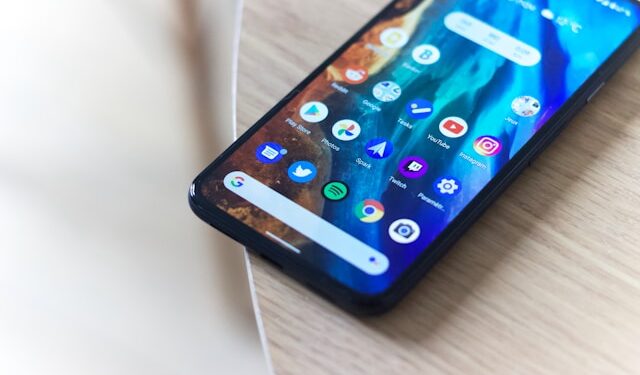Having trouble making or receiving calls on your Android phone? This issue can be frustrating, especially if you rely on your phone for daily communication. Fortunately, there are several troubleshooting steps you can take to resolve the problem. This guide will walk you through the most effective solutions to get your phone working again.
1. Check for Basic Issues
Before diving into more advanced troubleshooting, start with these simple checks:
- Turn Off Airplane Mode: If your phone is in Airplane Mode, it won’t be able to make or receive calls. Go to Settings > Network & internet and ensure Airplane Mode is turned off.
- Check Signal Strength: Poor signal strength can cause call failures. Move to an open area and see if your network signal improves.
- Restart Your Phone: A simple reboot can fix minor software glitches that may be causing call issues.
2. Verify SIM Card and Network Settings
- Ensure the SIM Card is Properly Inserted: Turn off your phone, remove the SIM card, and reinsert it securely. If possible, try using the SIM card in another phone to check if it’s working.
- Check for Carrier Issues: Contact your mobile carrier to see if there’s a service outage or if your account has any restrictions (such as an expired plan or unpaid bills).
- Switch Between Network Modes: Some areas may have weak 5G or 4G signals. Go to Settings > Mobile Network > Preferred Network Type and switch between 3G, 4G, and 5G to see if it makes a difference.
3. Review Call Settings and Restrictions
Sometimes, incorrect call settings can prevent your Android phone from making or receiving calls.
- Disable Do Not Disturb (DND): If DND is enabled, incoming calls may be silenced. Go to Settings > Sound & Vibration > Do Not Disturb and turn it off.
- Check Call Barring and Call Forwarding:
- Open the Phone app, tap on the three-dot menu, and go to Settings > Call Settings.
- Look for Call Barring and disable it.
- Check Call Forwarding to ensure calls aren’t being redirected to another number.
- Reset Network Settings: Go to Settings > System > Reset Options > Reset Network Settings to restore default network settings without affecting personal data.
4. Clear Phone App Cache and Data
Corrupt cache files can cause your Android phone to stop making calls. To fix this:
- Open Settings and go to Apps & notifications.
- Find and select the Phone app.
- Tap Storage & cache > Clear Cache.
- Restart your phone and test calling again.
5. Update Software and Apps
Outdated software can sometimes lead to call-related issues.
- Check for Android System Updates:
- Go to Settings > System > Software Update and install any available updates.
- Update the Phone App:
- Open the Google Play Store, search for the Phone app, and update it if an update is available.
6. Test with Another SIM or Contact Carrier
If your Android phone is still unable to make or receive calls:
- Try Another SIM Card: Insert a different SIM card into your phone to check if the issue is with your network provider or your device.
- Contact Your Carrier: If your SIM works in another phone, but not in yours, contact your carrier for further assistance.
7. Factory Reset as a Last Resort
If all else fails, performing a factory reset may resolve the issue. This will erase all data on your device, so make sure to back up important files first.
To factory reset your phone:
- Go to Settings > System > Reset Options.
- Tap Erase All Data (Factory Reset) and follow the on-screen instructions.
Conclusion
If your Android phone can’t make or receive calls, start with basic troubleshooting like checking Airplane Mode and signal strength. If the issue persists, verify your SIM card, reset network settings, and update software. In some cases, a factory reset may be necessary. If none of these steps work, contact your carrier for further support.





